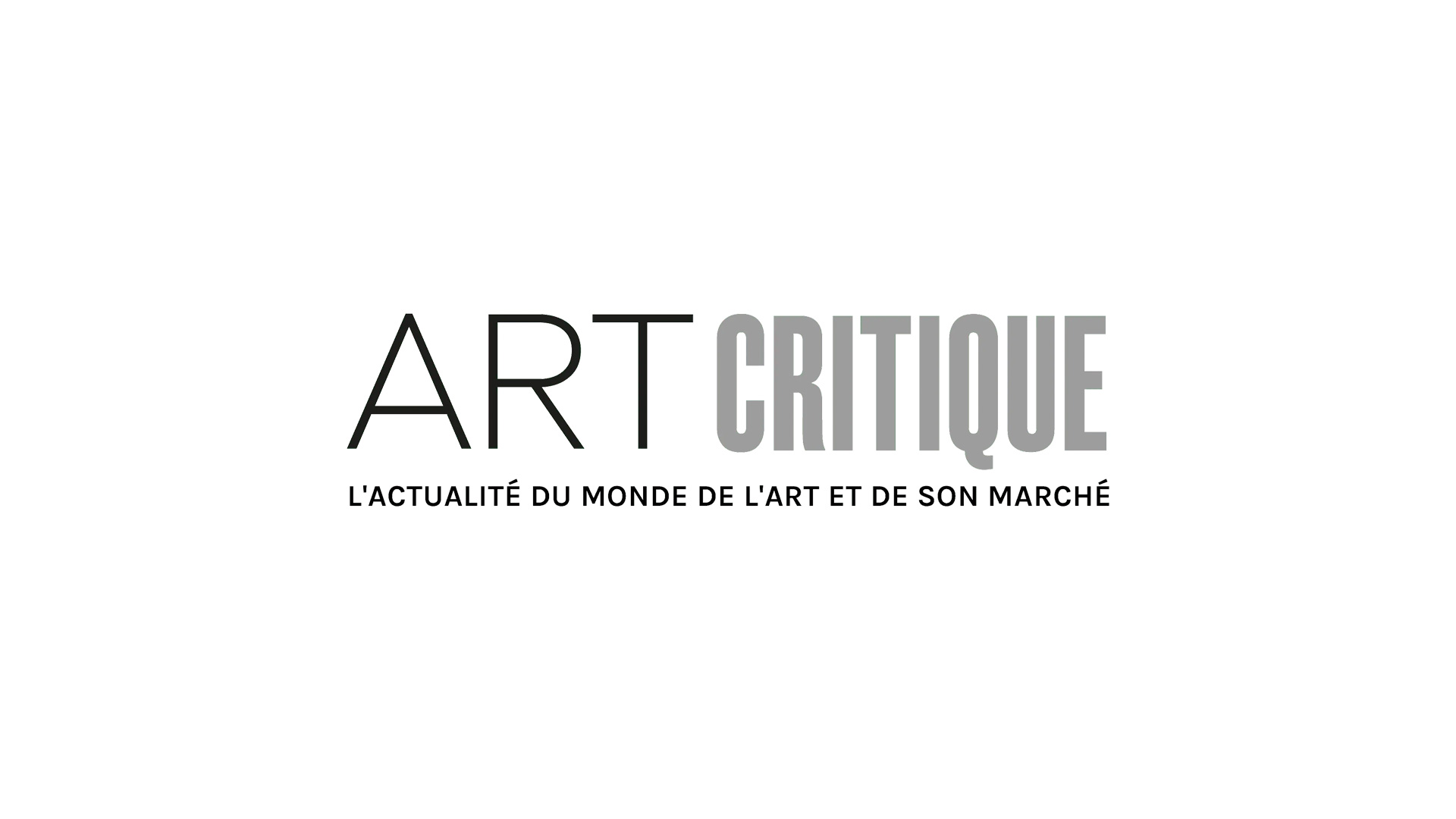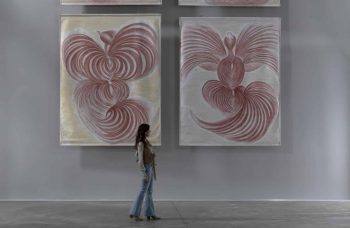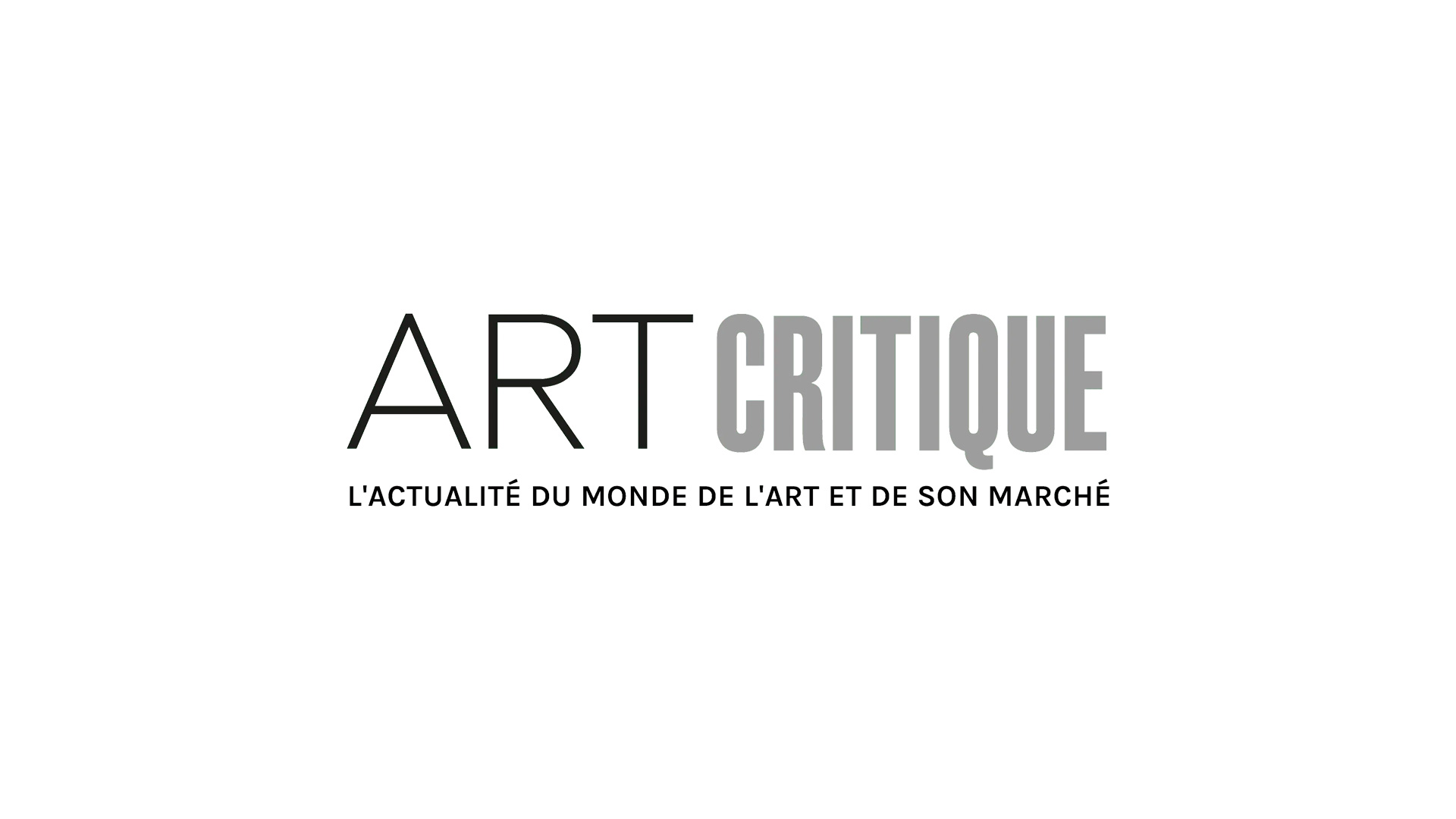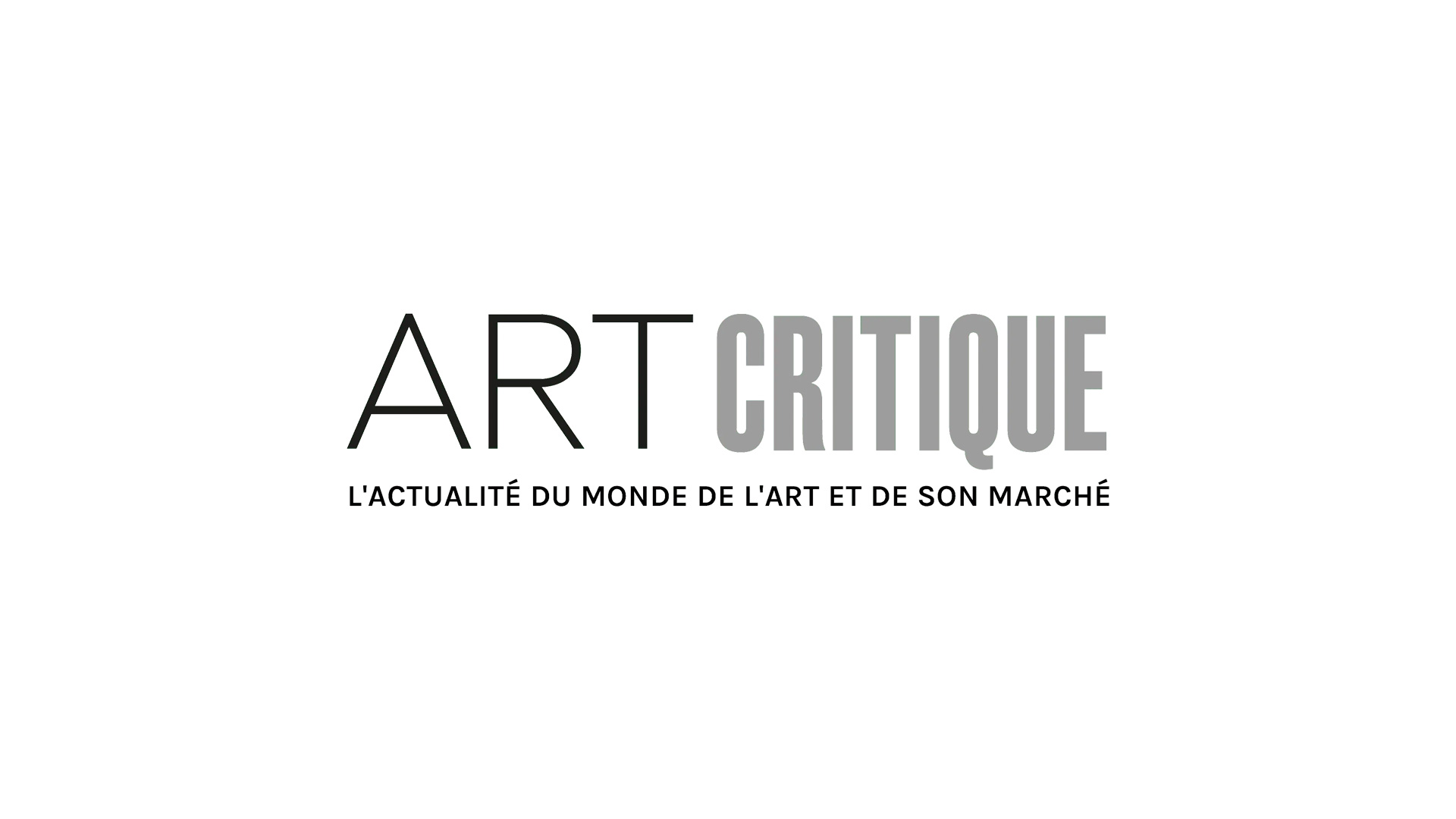From a Pulitzer Prize winning art critic to COVID-19 inspired piñatas, this week’s Art World Roundup covers some of the stories you might have missed this week.
Art Critic win 2020 Pulitzer Prize
Being an art critic isn’t the clearest path to a Pulitzer Prize – in fact, the prestigious award has only been given to an art critic once before now. The 2020 edition of the prize was recently awarded to long-time art critic and art critic for the Los Angeles Times, Christopher Knight. Having been a finalist three times before (in 1991, 2001, and 2007), it was Knight’s review of plans to renovate the LA County Museum of Art that led him to winning a Pulitzer. In his 2019 article, Knight took a close look at the LACMA and highlighted the shortcomings in their $750 million reno plans, designed by Peter Zumthor Controversial from the start, Knight’s analysis left no stone unturned, looking at everything from its impact on the museum’s mission and community to highlighting discrepancies in promises and planning. The Pulitzer Prize jury said Knight showed an “extraordinary community service by a critic,” through his work. Knight also received the Rabkin Foundation $50,000 Lifetime Achievement Award in Art Journalism earlier this year.

British Museum releases investigation into faked Middle Eastern relics found at Heathrow
After two trunks of fake Middle Eastern antiquities were intercepted by a Border Force officer at Heathrow Airport last summer, the British Museum has officially released the findings of their investigation into the counterfeit works. Although there were many works, en route from Bahrain to a private UK address, the museum’s main concern was crude style of the figurines, which, to the trained eye, show a potential shift in the fakes market. “These particular fakes were not of high quality but are of a type we have not seen before,” said St John Simpson, a British Museum curator, to Artnet News. “They show how there is a growing market for fakes which are sometimes traded with looted and trafficked antiquities, and are part of the same problem. There is increasing evidence for the use of the internet and social media to trade both of these categories and the market is flooded with fakes.” Despite their inaccuracies, the fakes, inscribed with illegible cuneiform and made of the wrong clay, could have been sold for thousands of pounds if Heathrow officials hadn’t stepped in.

The Arc de Triomphe won’t be wrapped by Christo until 2021
In April, Christo was meant to wrap the Arc de Triomphe in the signature, fascinating manner that he and his late wife, Jeanne-Claude Denat de Guillebon, developed over decades of working together. In fact, the plans to cover one of Paris’ most iconic monuments were hatched by the husband and wife duo in 1962, but the project was never realised. While French galleries and museums are beginning to reopen, the decision was made to postpone the wrapping until 2021 due to the COVID-19 pandemic as well as concerns for kestrels that roost in the Arc. Last year, Christo announced his intentions through a series of conceptual drawings that would be sold to help cover the cost of wrapping the Arc de Triomphe in 25,000 square meters of recyclable fabric. An exhibition of works by Christo and Jean-Claude at the Centre Pompidou has also been postponed. The Pont Neuf in Paris, Reichstag in Berlin, and even an island in Florida have been wrapped in the past by the duo or Christo, himself.

Going once, going twice, sold!
MSCHF, an unusual art and design collective, once again made headlines last week when they took one of Damien Hirst’s well-known spot paintings, which was purchased for $30,000 (£24,000) and cut it to pieces. After dissecting each of the 88 dots that were once part of Hirst’s L-Isoleucine T-Butyl Ester (2018), MSCHF sold each of the 3.5-inch squares for $480 (£390) a pop. The individual spots, renamed Severed Spots, sold out just hours after their release. MSCHF then took the paper from which the dots were cut from, still bearing Hirst’s signature, renamed it 88 Holes and auctioned it off. After ten days, the work was sold for $261,400 (£210,900) online. The collective has gotten the attention of the art world and others since they made their debut in 2019 with a laptop infected with six of the world’s most deadly computer viruses, which sold for $1.35 million (£1.04 million).

Art Historian finds trove of Avant-Garde works
Andrey Sarabyanov, a leading Russian avant-garde expert, rediscovered a trove of forgotten artworks by artists like Wassily Kandinsky, Alexander Rodchenko, and Varvara Stepanova. The works were found in an obscure museum’s collection in the Kirov region of Russia and are thought to have been abandoned after a travelling Soviet exhibition of works in 1921. Sarabyanov was alerted to the works by art historian Anna Shakina. To ward off concerns of forgery, Sarabyanov has encouraged more technical analysis of the works, which he plans to reunite in a reconstruction of the 1921 exhibition with the help of Shakina and Natalia Murray, a Courtauld Institute of Art lecturer. “It is rare to find unknown works by such important artists,” said Murray in The Art Newspaper. “It is a very important discovery which will not only bring new works to light but will also tell the fascinating story of the travelling exhibitions in Russia in the first years after the October Revolution.”

You’ve heard of the COVID-19 pandemic…but what about COVID-19 piñatas?
Everyone is feeling the pressure of the pandemic. Whether you’re a nurse or doctor on the front lines, a grocery store clerk or funeral director working to provide necessary services, or someone staying at home to help slow the spread, we’re all getting tired and frustrated. While some countries are starting to ease restrictions, many are still required to remain indoors, so some have found a novel way to take out their angers: coronavirus piñatas. The novel coronavirus’ picture is everywhere (thanks to Alissa Eckert and Dan Higgins’ illustration) and it’s now being adapted into piñatas by crafters at home to celebrate birthdays, anniversaries, and milestones or simply to make the day a little less mundane. You can even find vendors selling COVID piñatas on Amazon to celebrate life today while some plan to save their piñatas for when we’re past these odd times. One Brooklyn couple told the New York Times that their homemade coronavirus piñata, stuffed with ideas for activities as opposed to pieces of candy, “functioned like one of those anger rooms where you go to bash things.”
When the enemy is naked to the human eye, make it into a pinata and beat the heck out of it. #coronavirus #covidpinata #stayathome #stayhealthy pic.twitter.com/Nk1HDoW9qj
— Monica (@MonkW) April 12, 2020





